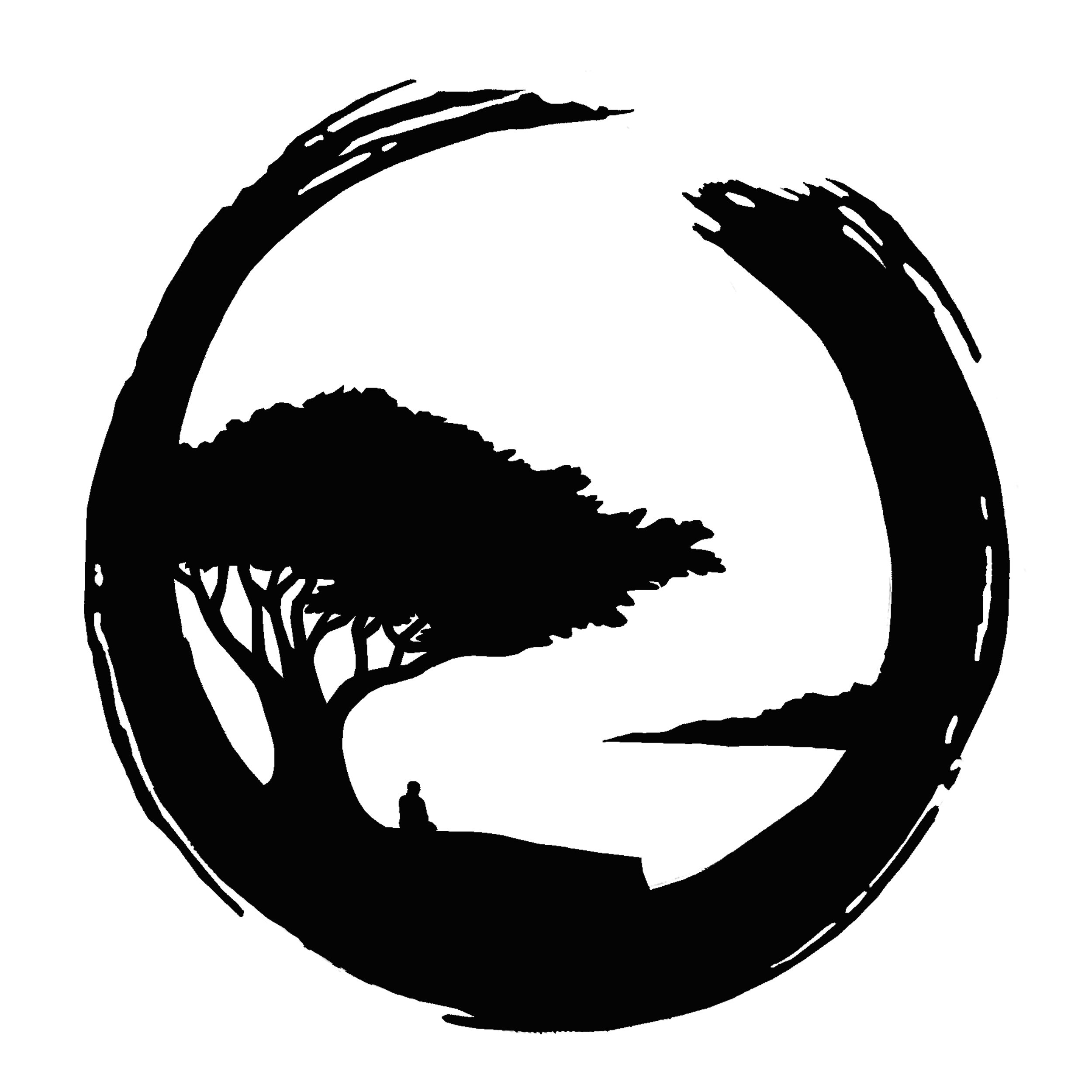The Virtue of Nothing
by Robert Reese
Driving east through the expanse of California’s Central Valley reveals pronounced distances formed by the firmament of California sky and farmland. In December, the hill-sides are a muted gray and russet-hued, with rolling pitches of fallow land in the thin December sunshine. There is something vaguely sad in this vast dormant landscape. To some, it is a landscape of apprehension – thin vegetation, desolate and barren. To others, it’s emptiness is potential.
“If you call it barren, it just means you don’t understand it—because, of course, the people who live there don’t see those spaces as barren. They see potential and life there, from grasses to animals. Sure it’s bare in the sense that it’s not developed with highways, buildings and the stuff people cling to as signs of human civilization. You ask, ‘Where’s the human touch?’ Well, you’re it. Open spaces throw you back on yourself,” said author Kathleen Norris in an interview. Norris, the author of “Dakota: a Spiritual Geography,” remains a kind of adherent of emptiness and says, “In choosing a bare bones existence, we are enriched, and can redefine success as an internal process rather than an outward display of wealth and power.”
Emptiness, in its many aspects, is one of the themes of “Dakota: a Spiritual Geography,” which is, in part, is a tome of specific remarks on the Midwestern plains, but also a spiritual commentary on the sacredness rising out scarcity and lack. Norris employees both the practice of the desert mystics and the fertile bareness of Benedictine monasticism in evocation of a Christian spiritual contemplation.
A similar sense of the stillness and simplicity of winter is a potent image and metaphor in the Zen tradition. In the Robe Chant the lines:
Great Robe of Liberation
Field beyond form and emptiness
The tradition refers to our life as the “field beyond form and emptiness.” However this same field also offers things as nothing but themselves, complete in their lack of adornment. In December, many fields of California appear bare, and at higher elevations covered in snow, the variances between things erased and shimmering white. Against the snow, bare trees look dark and calligraphic. The empty spaces, the places between things, are significant geographies to inhabit.
In the Hekiganroku (Blue Cliff Record) Case # 27: Yun-men’s ‘Body Exposed to the Golden Breeze.’
A monk asked Yun Men (Ummon), “How is it when the trees wither and the leaves fall?”
Yun Men (Ummon) answered, “Body exposed in the golden breeze.”
I pull the car off the road to an overlook facing the Delta. The land and sky merges here in the great distances. When I stand in the middle of a bare winter field, my face against the wind, it’s like looking at the threads of life where clamor ceases. A listening place. When we listen carefully and the body of our lives—like the body of Yunmen’s tree when the leaves are gone—is exposed in the golden wind.
The koan teacher Joan Sutherland writes: “Anyone with a garden knows that if you spent all your time in the spring and summer activities of planting and fertilizing, you’d end up with an impenetrable jungle pretty fast. You’ve got to prune. That’s part of it, too. You have to discover again the deep structure of things, which we can only do by being simple and lying down in the dark. Not because the light will come, but because we just have to lie down in the dark when it’s here.”
“In British English there’s a wonderful expression for what in my childhood was called a white elephant or rummage sale: a jumble sale. I’ve always thought it would be wonderful if we could go down into the basement, pull out all our jumbles, and give them away for a good cause. The winter of meditation is a fine time for rooting around in the cellars and the closets and seeing what our jumbles are. Maybe we can bring them up into the living room and spend some time with them, maybe unknot them a bit, make them fit for some other use. I think that’s why this is a time we take stock of the year and look to see what needs to be completed, put to rest, before the new year comes in.”
Open space acreage is ever-present in parts of California; “unimproved,” as it is speciously sometimes called. Driving, I’ve spent a good share of the time musing about open space --- vast uninhabited spaces, the left-to-seed fields and farmland. Farmers don’t like the word “vacant.” They prefer, “fallow,” in allusion to the ancient farming practice of the leaving the field untilled for a time, permitting nutrients in the soil to be replaced. Still, acreage with productivity or buildings on it is rarely accurately vacant. Despite the seeming lack production, there are innumerable activities taking place in such spaces. Plants and weeds spring from seeds dropped by birds or deposited by the wind. The ground is left to itself. Our zazen is sometimes like this: We go silent, sit down in the middle of our lives, make no effort at improvement and notice “body exposed in the golden wind.”
###
